Semana Santa traditions in Salamanca
Although the most famous Semana Santa celebration takes place in Sevilla, the one in Salamanca can also rightly deserve some recognition. Salamanca is full of tourists all year long, but still, Easter is regarded as one of the biggest events attracting probably the highest number of tourists after the Noche Vieja and Noche Vieja Universitaria.
So what is the Semana Santa about in Salamanca? What is their tradition? While in Hungary, we have a traditional Easter breakfast, we paint eggs and do the “watering” (meaning that boys throw water over the girls or in modern days sprinkle them with perfume), here everything is about two things: the processions and the torrijas.
The formers are basically commemorative walks throughout the old part of the city. Each fraternity organizes its own procession, which usually departs from their own church and leads through the Plaza Mayor and along the Cathedrals. Hundreds of people – even kids – participate in the processions, either walking with candles and crosses or carrying the so called “pasos”, which are wooden sculptures narrating scenes of the Passion of Christ or the Virgin Mary. Another characteristic of the event is the wearing of a pointed hood that covers the person’s head comletely and leaves only the eyes out. The Spanish processions have been appearing in this clothing from the beginning of time. The marching is accompanied by music of various kinds.
Processions have been held in Salamanca the whole week, and throughout Spain as well, but I honestly had not been interested in checking them out up until yesterday, when I saw a photo in the event guide that there was going to be one leaving from the Cathedral at 00:00. So in the very last minute, I changed my mind and I went to see the walk with my boyfriend. Of course there was no way of approaching the Cathedral, which by that time was already filled with people, so we checked the route in the guide and selected a less attractive point of the city. The procession got there around 00:30 and when we left at 1:30 thanks to the frost outside, the marching was still far away from the end. Therefore, we did not get to see the Virgin Mary, which is commonly considered as the best “paso”, but I saw enough in order to be amazed by the phenomenon. Not that I liked it so much, as I am not a religious person, but it was definitely an interesting experience. Seeing the whole city on the streets, waiting strictly on their two sides, with grandparents and babies equally, just got me thinking how big the cultural differences are, even when it comes to such a basic and everywhere celebrated holiday as Easter.
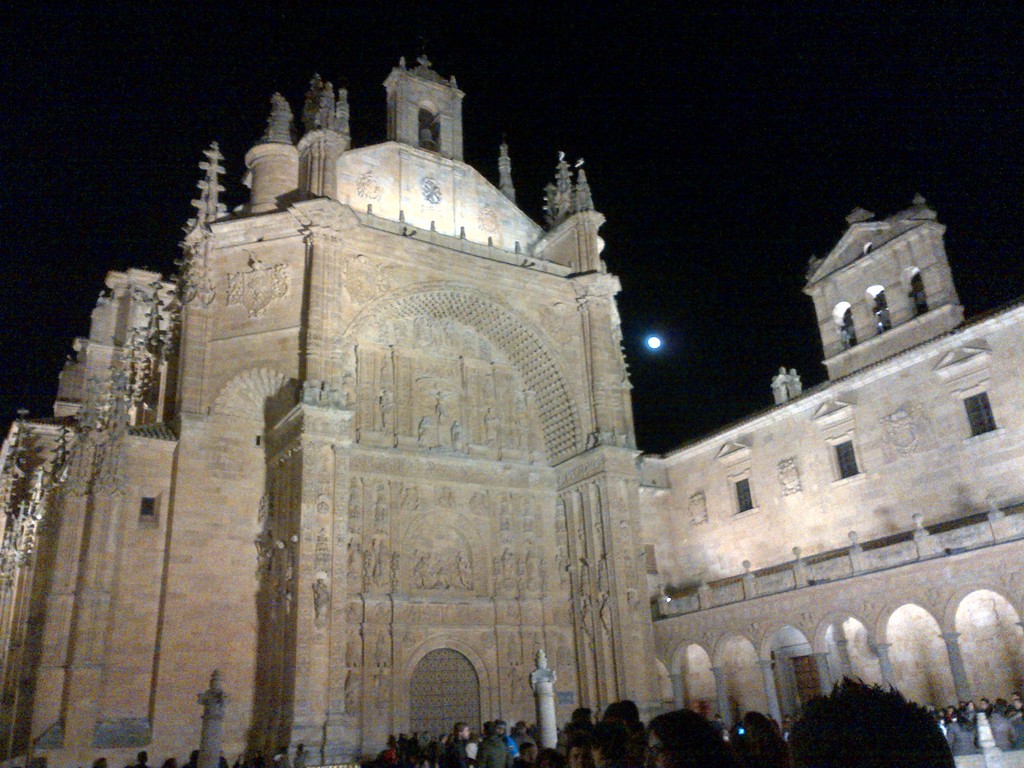
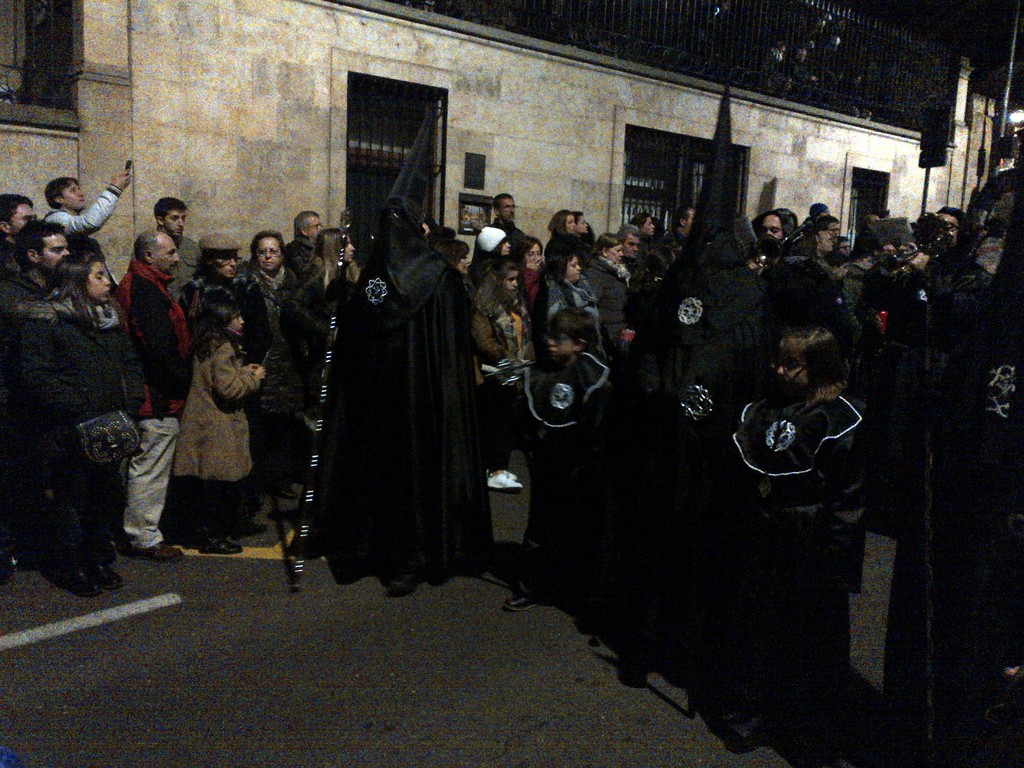
The dresses are dark because of commemorating the death of Jesus.
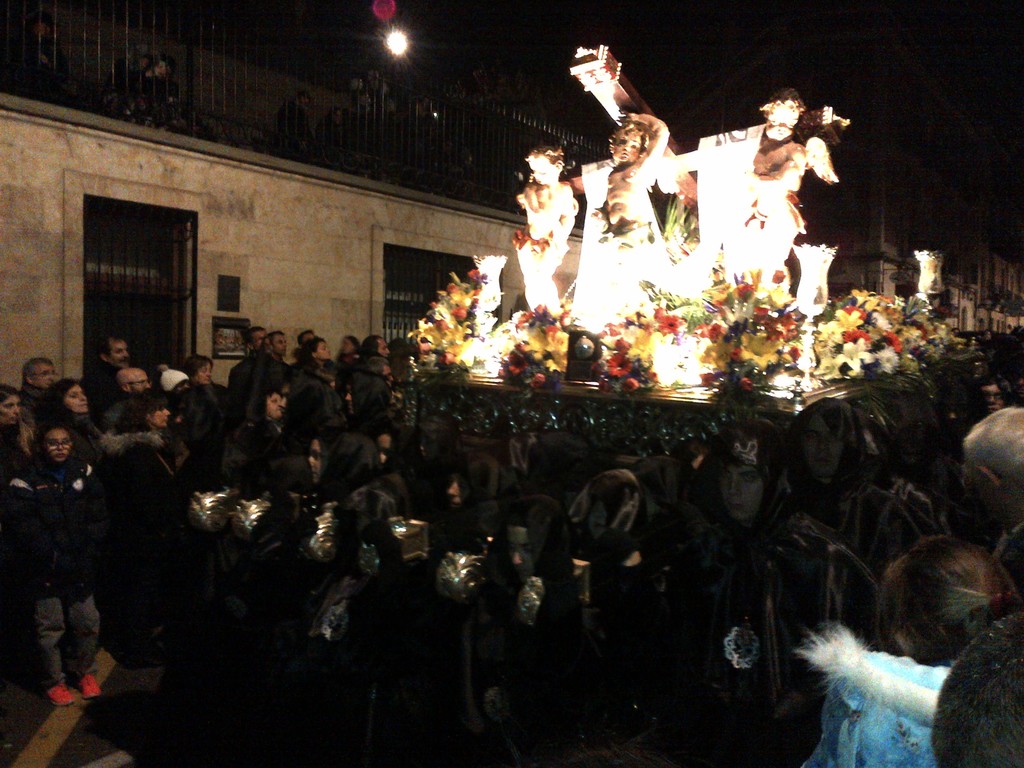
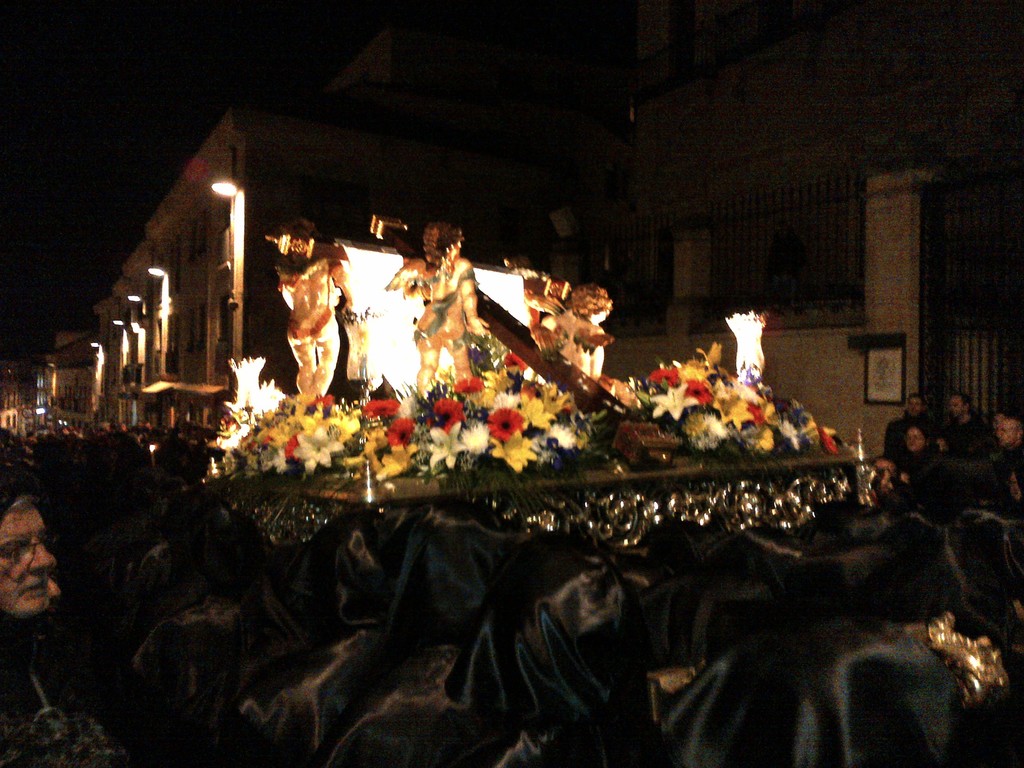

The other Semana Santa tradition in Spain, and in Salamanca, are torrijas. This is a special pastry, referred to by many as a sweet toast, made and eaten specifically during this period. I have tried it yesterday, but only two bites, because after the dulce de leche cake I was completely full, and it probably won’t be my favourite dessert either, but it is definitely popular among Spaniards.
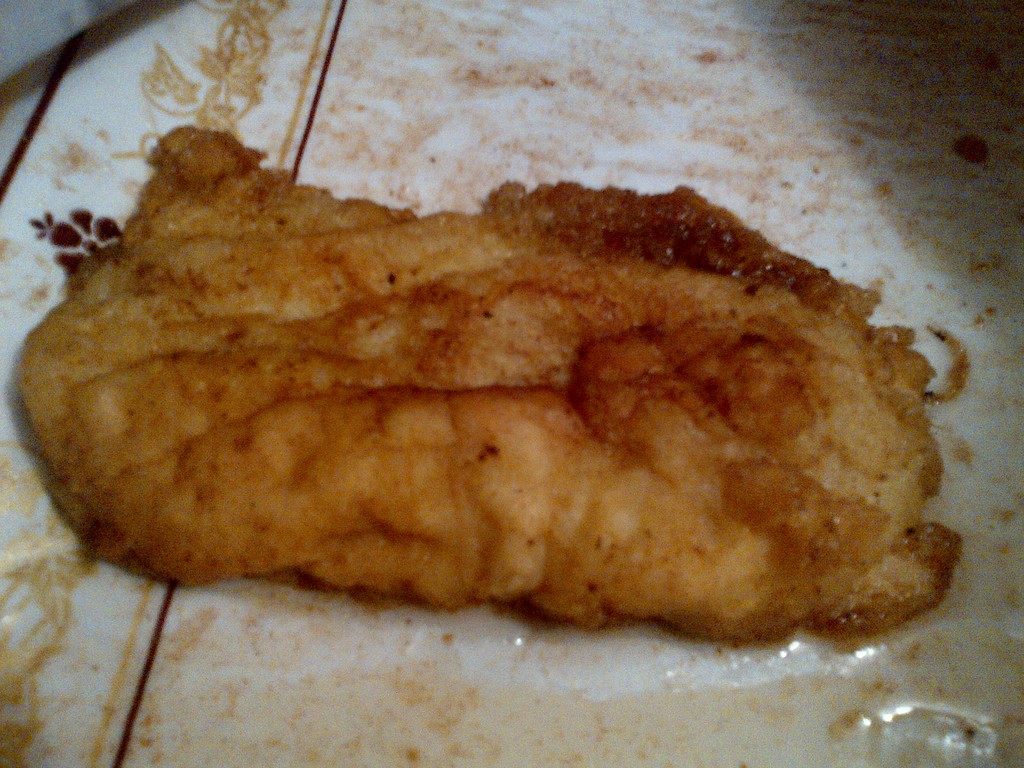
I have also brought you the recipe, which is really easy, in case you are also a fan of it or you like experimenting in the kitchen.
Ingredients:
- 20 slices of bread
- 1, 5 liter milk
- 6 eggs
- 1 liter olive oil
- 250 g sugar
- grated lemon rind
- 1 pinch of cinnamon
Preparation:
You will start by mixing the milk with the sugar, the grated lemon rind and the cinnamon. Heat the mixture up in a pot until the ingredients dissolve properly. Let the result, which is a slightly sweet milk, to cool down to room temperature.
When the milk is cold enough, soak the bread slices in it and then the unnecessary milk to drop. The next step is to plough each bread in a bowl of beaten eggs and then fry them in a sauce pan with abundant oil. It is important to wait until the oil gets hot so that the bread won’t burn.
And the final step is to sprinkle each bread with a lot of sugar and cinnamon. That’s it, the torrijas are ready to be served.
As you can see, Salamanca has its own Semana Santa traditions as well, which is worth seeing or tasting at least once in your life.
Photo gallery
Content available in other languages
Want to have your own Erasmus blog?
If you are experiencing living abroad, you're an avid traveller or want to promote the city where you live... create your own blog and share your adventures!
I want to create my Erasmus blog! →





















Comments (0 comments)